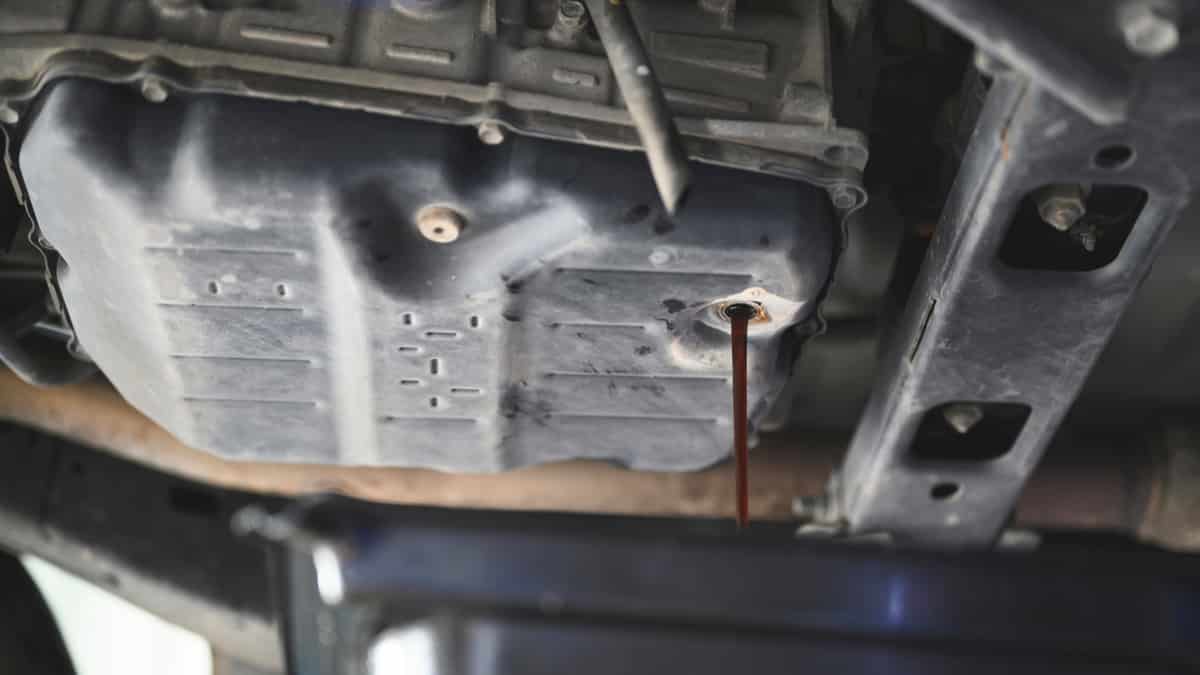If Transmission Fluid Is Low What Happens

The humble transmission, the unsung hero of drivetrain efficiency, often gets overlooked until something goes wrong. And one of the most common culprits? Low transmission fluid. While the consequences of this issue are well-established in the realm of internal combustion engines (ICEs) – sluggish shifting, overheating, and ultimately, transmission failure – the landscape is shifting, quite literally, with the rise of electric vehicles (EVs) and advanced hybrid systems. Understanding what happens when transmission fluid is low, and how these implications are evolving, is crucial for navigating the future of mobility.
In a traditional automatic transmission, fluid serves multiple vital roles: lubrication, cooling, pressure transfer for shifting, and even cleaning. Low fluid levels mean inadequate lubrication, leading to increased friction and heat. This can manifest as delayed or harsh shifts, a slipping sensation, or even complete immobility. The heat generated can also damage the transmission's internal components, like clutches and bands, requiring expensive repairs or a complete replacement. Ignoring the signs is akin to ignoring a slowly ticking time bomb.
The Electric Evolution: A Shifting Paradigm?
The advent of EVs presents a seemingly straightforward answer: EVs typically have a single-speed transmission or a simple reduction gear. Does this mean transmission fluid, and therefore low fluid issues, become obsolete? Not quite. While complex multi-gear automatic transmissions are largely absent, EVs still rely on lubricants for cooling and lubrication of gears, bearings, and other crucial components within their drivetrain. These fluids, often specialized coolants or advanced lubricants, require monitoring and maintenance. While the consequences of low levels might not be as dramatic as a catastrophic automatic transmission failure, inadequate lubrication can still lead to increased wear and reduced efficiency, ultimately impacting range and performance.
Furthermore, the next generation of EVs might see a resurgence of more complex transmissions. Some manufacturers are exploring multi-speed transmissions for EVs to optimize performance and efficiency across a wider range of speeds and driving conditions. This is especially relevant for high-performance EVs aiming to deliver both blistering acceleration and respectable highway range. If multi-speed transmissions become more commonplace, the importance of maintaining proper fluid levels and condition will undoubtedly return to the forefront.
Hybrid Harmony: A Balancing Act
Hybrid vehicles, blending the technologies of ICEs and electric motors, introduce another layer of complexity. Many hybrids utilize continuously variable transmissions (CVTs), which rely heavily on specialized fluids to transfer power smoothly and efficiently. Low CVT fluid can cause slipping, jerky acceleration, and damage to the belt and pulley system that defines the CVT. Furthermore, some hybrid systems integrate electric motors directly into the transmission, sharing lubrication and cooling systems. This interconnectedness means that problems in one area can easily cascade to others.
Beyond the hardware, smart automotive solutions are playing an increasingly important role. Advanced sensor technology and sophisticated algorithms are being deployed to monitor transmission health in real-time. These systems can detect subtle changes in fluid pressure, temperature, and viscosity, providing early warnings of potential problems before they escalate into major failures. Predictive maintenance, powered by machine learning, can anticipate maintenance needs based on driving patterns and environmental conditions, further minimizing the risk of low fluid related issues.
However, even with these advancements, challenges remain. The increasing complexity of automotive systems necessitates specialized knowledge and diagnostic tools. Independent mechanics may struggle to keep pace with the rapid evolution of drivetrain technology, potentially leading to misdiagnosis or improper repairs. Standardized fluid specifications and readily available information are crucial to ensure that vehicles receive the correct type and amount of fluid, regardless of where they are serviced.
A Vision of Seamless Mobility
The future of mobility is undeniably electric, connected, and increasingly autonomous. As we transition towards this future, the role of transmission fluid, or its equivalent in advanced drivetrains, will continue to evolve. While the specific mechanisms may change, the fundamental principles of lubrication, cooling, and pressure transfer will remain paramount. The key lies in embracing innovation, fostering collaboration between manufacturers and service providers, and empowering drivers with the knowledge and tools they need to maintain their vehicles proactively.
Imagine a world where vehicles intelligently monitor their own fluid levels, proactively scheduling maintenance appointments before problems arise. Imagine self-healing fluids that can automatically repair minor wear and tear, extending the lifespan of critical components. Imagine a seamless integration of hardware and software, creating a drivetrain that is not only efficient and reliable but also self-diagnosing and self-optimizing. This is the vision of the future – a future where mobility is effortless, sustainable, and ultimately, worry-free.
